Rare Rides Icons: The Lincoln Mark Series Cars, Feeling Continental (Part XXIII)

We return to our Lincoln Mark Series coverage today, near the Mark V’s large B-pillar. While our last installment started on the exterior changes Lincoln designers made for the switch from Mark IV to Mark V for 1977, there’s so much car to cover (over 230 inches) that we had to take an intermission. It’s time for vinyl and big rear ends, and we’ll talk about the Mark too.
As mentioned last time, the opera window that served as a porthole to the outside world for backseat passengers in the Mark IV grew larger in its next iteration. The oval-shaped glass was still emblazoned with a gold Lincoln logo and still served as the main roof decoration aside from its vinyl covering. In 1977 a vinyl roof treatment returned as an optional extra after its standard application to the Mark IV.
For the first time since 1960, a plain metal and painted roof was standard equipment on a Mark. A full vinyl-covered roof treatment was optional, though the more popular choice was the rear ¾ carriage “Landau” roof treatment. There was a fourth “forward” vinyl option that was reserved solely for Givenchy Edition cars, but we’ll talk about that later.
There was a greater quantity of vinyl on the Mark V roof in general, as its side fender line was more relaxed than on Mark IV. As part of the longer and lower look, the Mark V had a lower rear deck, and thus more B-pillar metal to cover. The more sharply creased fender looked more cohesive than on the Mark IV, and less boat-like with its additional secondary character line (that often wore pinstriping).
Said character line turned sharply downward ahead of the tail lamp, and formed a largely vertical edge where the bumper and lower body trim came together. Set within the body trim was a new amber reflector, again positioned away from the bumper for crash test reasons. Above, the sharp fender line formed a restrained tail fin and came to a point.
In a change of tact for lighting elements, the Mark V switched to vertically-oriented brake lamps. Though they still wrapped around into the fender as on the Mark IV, it was to a lesser extent. Each rear lens was a tall red reflector, separated into five sections by chrome trim.
An additional ring of trim ensconced the entire lens, for a two-layer chrome effect. Additional rectangular reflector lamps were placed inboard of the brake lamps on the trunk lid (to comply with regulation) but looked like a bit of an afterthought.
Between the reflectors was a slightly revised Continental tire hump. Though it returned for duty as it had in the past Mark cars, the Mark V’s implementation was toned down notably over its predecessor. The focal point of the rearview, the Mark V’s hump was more flush with the trunk lid, and also slightly shorter.
Comparing Mark IV and V side by side, the latter presented a more subtle tire hump. It even took on a half-oval shape over the Mark IV’s half-circle. The rear focal point still wore Continental block lettering as before, though the Lincoln logo was relocated to the center instead of the lower edge.
The trunk’s lower edge was lined in chrome trim as it was before, which connected its surface to the giant chrome bumper. Unlike the tidy and resolved look of the Mark V’s front bumper (which lost its regulation-addled look and corner battering rams), the rear end was not so fortunate. The big piece of metal still protruded at the corners and curved around to meet the fender.
Visually, the Mark V’s rear bumper was differentiated via its pair of more integrated bumper guards at either side of the reversing lamps. To the keen observer, its design was slightly less tall than on the Mark IV. But the look didn’t match the smoothness of the front bumper, sort of like it was designed for a different car.
Speaking of the keen observer, it would take one to notice interior updates made for 1977 and the new Mark V. Recall that Lincoln’s PLC returned for another generation on the same platform it borrowed from the Thunderbird in 1972. With its money-saving tactics, Lincoln spent most of its cash on the chassis and sheet metal for Mark V.
Stepping inside the interior, the old Mark IV dashboard was immediately identifiable and unchanged. Still separated into two distinct driver and passenger sections, owners of a 1972 Thunderbird felt right at home in the Mark V, too. In 1977 the steering wheel was the same two-spoke and wood-covered design it was previously, color coordinated to match the dash.
In front of the driver were very similar gauges as in the Mark IV. The horizontal gear indicator gauge swapped its orientation and became vertical. Astride it was the same large clock and speedometer, which looked exactly the same in 1976. The fuel gauge had no place in the middle of the dash given the gear indicator, so it was moved off to the right.
Along with the fuel gauge was a Miles To Empty digital readout (optional from ‘78), and the wiper controls. This cluster took the place of the Mark IV’s warning lights, which were moved to reside in a horizontal line above the gauges. And that was about all for dash layout differences in the Mark V.
The passenger side wood trim and glove box remained the same. The door panel layout was the same, as were the switches. There was a small change to the trim on the door panel near the door pull: Its overall shape was newly a rectangle, versus an angled parallelogram in 1976.
Mark V also received an upholstery pattern update. In 1976 the upholstery was sectioned into four button tufted squares on the seat bottom and four more on the seat back. The squares were separated with a strip of material that ran the full width of the interior. This was updated in 1977 to a new pillow top appearance.
There were new square button tufts, which were now four total per seat instead of eight. The buttons were at the corners of an inside square, which led into the back of the seat and implied another hidden set. The smaller square had a larger, more rounded square stitched around it, with an additional larger cushion that formed the edge of the seat. Sort of a three-piece look.
In a crucial moment for the Future of Brougham, the Mark had a bit of ruching on its seat material for the first time. It must be disclaimed here that the seat patterning varied slightly if it was cloth, leather, or even further if it was a Designer Series. And the Designer Series cars are where we’ll pick up next time.
[Images: Ford]
Become a TTAC insider. Get the latest news, features, TTAC takes, and everything else that gets to the truth about cars first by subscribing to our newsletter.

Interested in lots of cars and their various historical contexts. Started writing articles for TTAC in late 2016, when my first posts were QOTDs. From there I started a few new series like Rare Rides, Buy/Drive/Burn, Abandoned History, and most recently Rare Rides Icons. Operating from a home base in Cincinnati, Ohio, a relative auto journalist dead zone. Many of my articles are prompted by something I'll see on social media that sparks my interest and causes me to research. Finding articles and information from the early days of the internet and beyond that covers the little details lost to time: trim packages, color and wheel choices, interior fabrics. Beyond those, I'm fascinated by automotive industry experiments, both failures and successes. Lately I've taken an interest in AI, and generating "what if" type images for car models long dead. Reincarnating a modern Toyota Paseo, Lincoln Mark IX, or Isuzu Trooper through a text prompt is fun. Fun to post them on Twitter too, and watch people overreact. To that end, the social media I use most is Twitter, @CoreyLewis86. I also contribute pieces for Forbes Wheels and Forbes Home.
More by Corey Lewis
Latest Car Reviews
Read moreLatest Product Reviews
Read moreRecent Comments
- Jalop1991 This is easy. The CX-5 is gawdawful uncomfortable.
- Aaron This is literally my junkyard for my 2001 Chevy Tracker, 1998 Volvo S70, and 2002 Toyota Camry. Glad you could visit!
- Lou_BC Let me see. Humans are fallible. They can be very greedy. Politicians sell to the highest bidder. What could go wrong?
- SPPPP Vibrant color 9 times out of 10 for me. There may be a few shapes that look just right in metallic gray, for example. There are a few nices ones out there. And I like VW "White Silver". But I'd usually prefer a deep red or a vibrant metallic green. Or a bright blue.
- 28-Cars-Later Say it ain't so, so reboot #6* isn't going to change anything?[list=1][*]V4-6-8 and High "Tech" 4100.[/*][*]Front wheel drive sooooo modern.[/*][*]NOrthSTARt.[/*][*]Catera wooooo.[/*][*]ATS all the things.[/*][*]We're *are* your daddy's Tesla. [/*][/list=1]



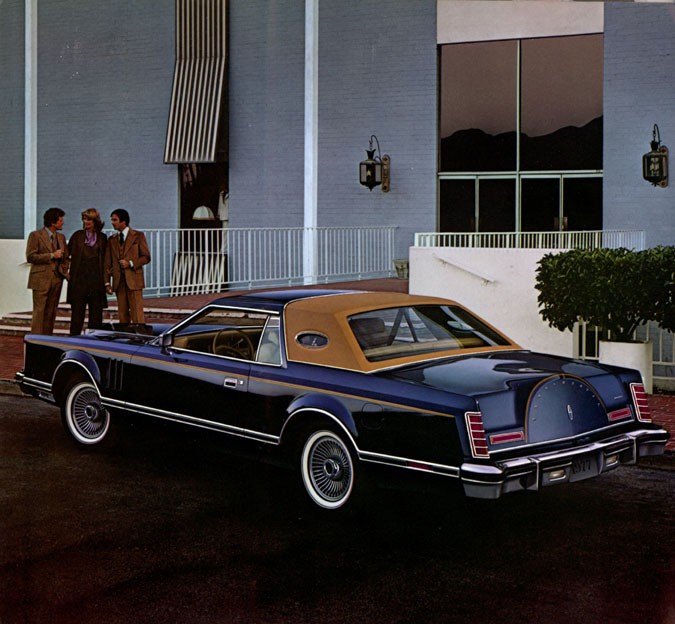


















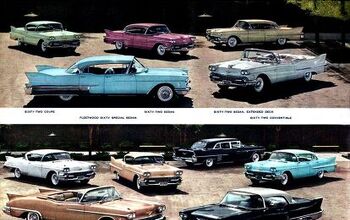
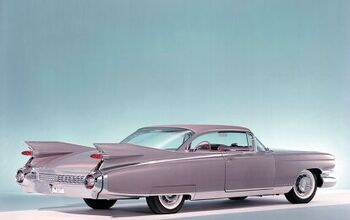
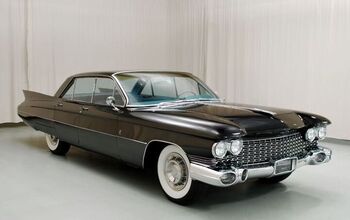
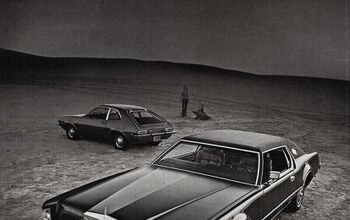
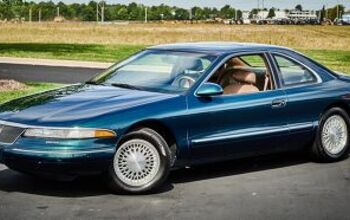
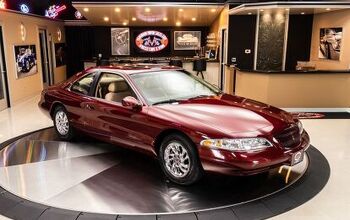
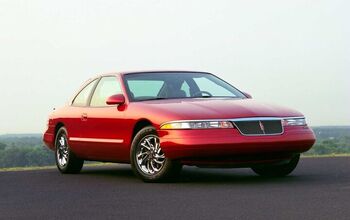
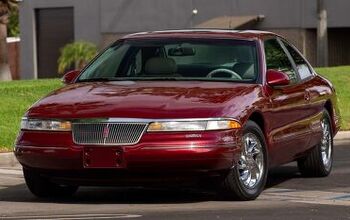
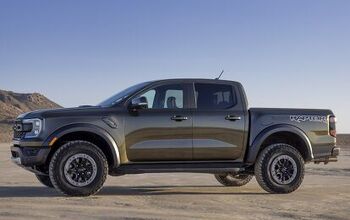

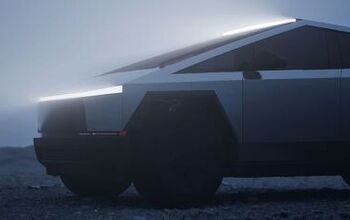
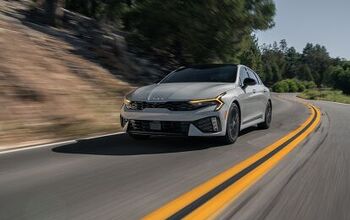
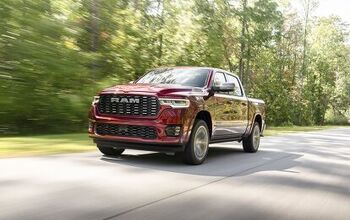
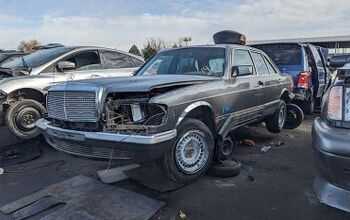
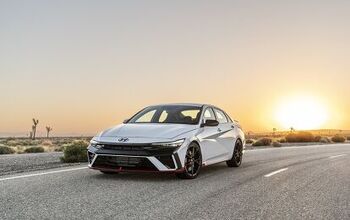
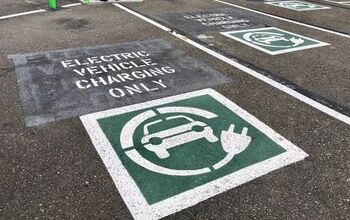


Comments
Join the conversation
Arthur and I might be in the minority but we miss cars like this. We will never see cars like this again and it is what it is. I did like driving my mothers 72 Sedan Deville and her 84 Chrysler 5th Avenue with leather interior and Bose Dolby stereo along with some of the other luxury cars I drove from this era. At least I got to experience them and if I want more I can always read Corey's well written articles and watch Adam on Rare Classic Cars.
My understanding is that the V was designed as a potential choice for 1972 - but the body design for the IV was more easily adaptable as a Thunderbird, so it was given the nod. When it came time for the V, the old design was dusted off and updated accordingly.
BTW - there is no "B Pillar" on any production Mark from II to V, as with any hardtop coupe. The large rear panel is still a C Pillar.
Also: Vinyl roof was a $95 option on the 1969 Mark III - however only 95 cars were ordered without that option. Thus it became standard for 1970 thru 1976. https://www.thelincolnforum.net/phpbb3/viewtopic.php?f=8&t=53016